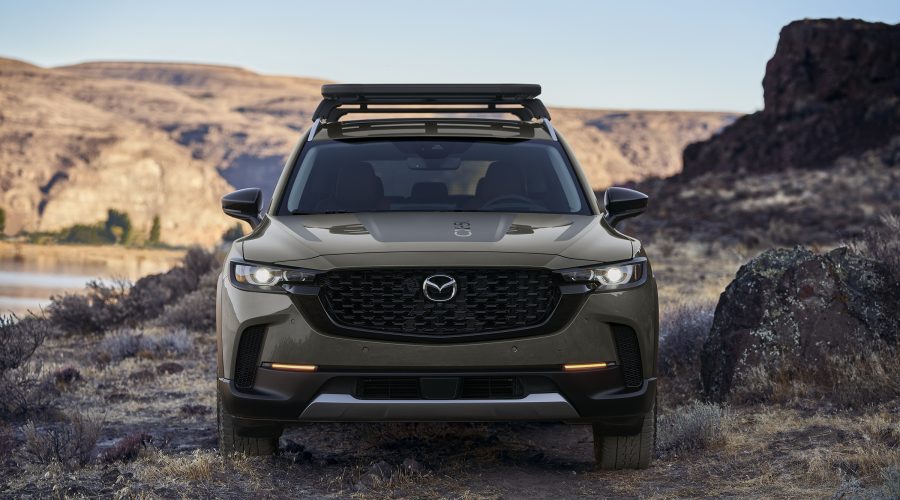Mazda CX-50: A Lease Market Standout
The Mazda CX-50 has emerged as a star performer in the lease transfer market, reinforcing its position as a highly desirable SUV. Known for its sleek design, exceptional quality, and engaging driving dynamics, the CX-50 embodies Mazda’s reputation for creating vehicles that are a joy to drive. Whether you’re a lessee looking to exit your lease or a buyer considering taking one over, the CX-50 delivers on all fronts.
A Commitment to Excellence
Mazda has long been a brand synonymous with reliability, innovation, and style. From sporty cars to versatile crossovers, the automaker consistently delivers vehicles that stand out in their segments. The CX-50 continues this legacy, offering a more premium option compared to the already popular CX-5. By blending upscale design, cutting-edge technology, and robust performance, the CX-50 positions itself as a strong contender not only among mainstream SUVs but also as a rival to entry-level luxury models.
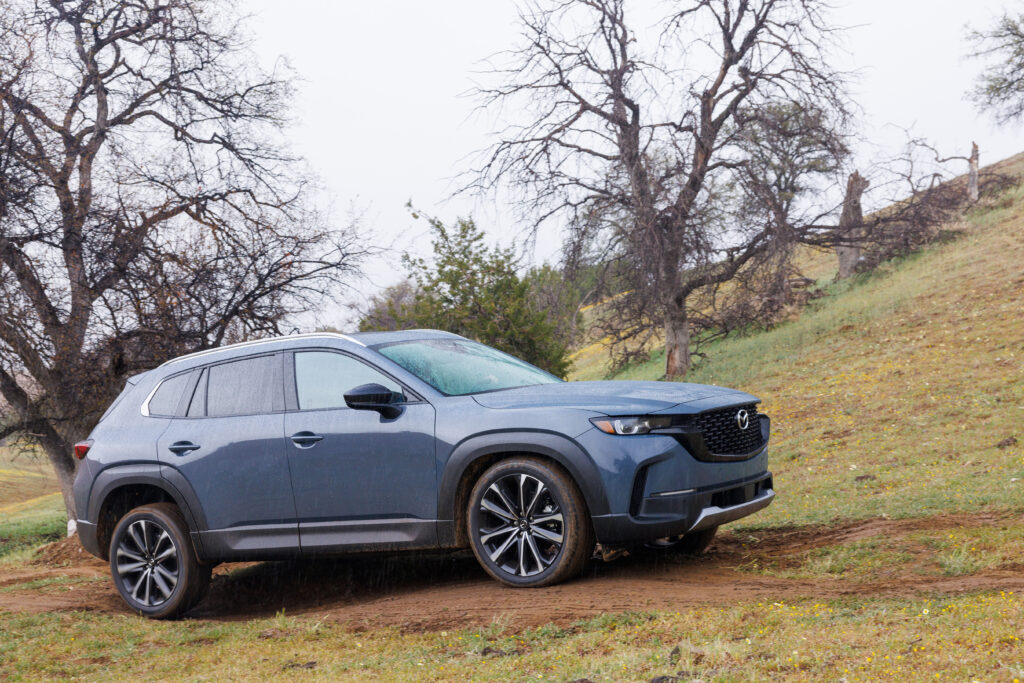
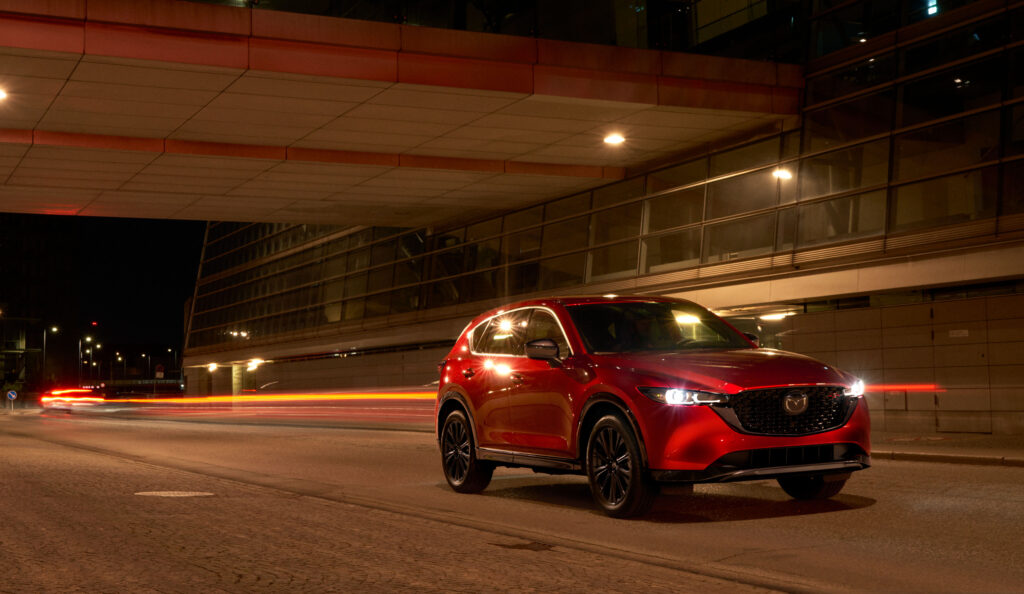
CX-50 vs. CX-5: What’s the Difference?
While the CX-5 remains a favorite for budget-conscious buyers, the CX-50 offers a more refined experience. Its bold exterior styling, premium interior materials, and advanced technology cater to a more discerning audience. Key upgrades include better sound insulation, enhanced comfort, and the option of a hybrid powertrain, making it an environmentally friendly choice for drivers looking to reduce fuel costs and carbon emissions.
The CX-50’s positioning also reflects a shift in Mazda’s strategy, aiming to attract buyers who might otherwise consider vehicles like the Toyota RAV4, Honda CR-V, or even luxury crossovers such as the BMW X1 and Audi Q3. With its premium features and elevated price point, the CX-50 proves that Mazda can successfully bridge the gap between mainstream and luxury.
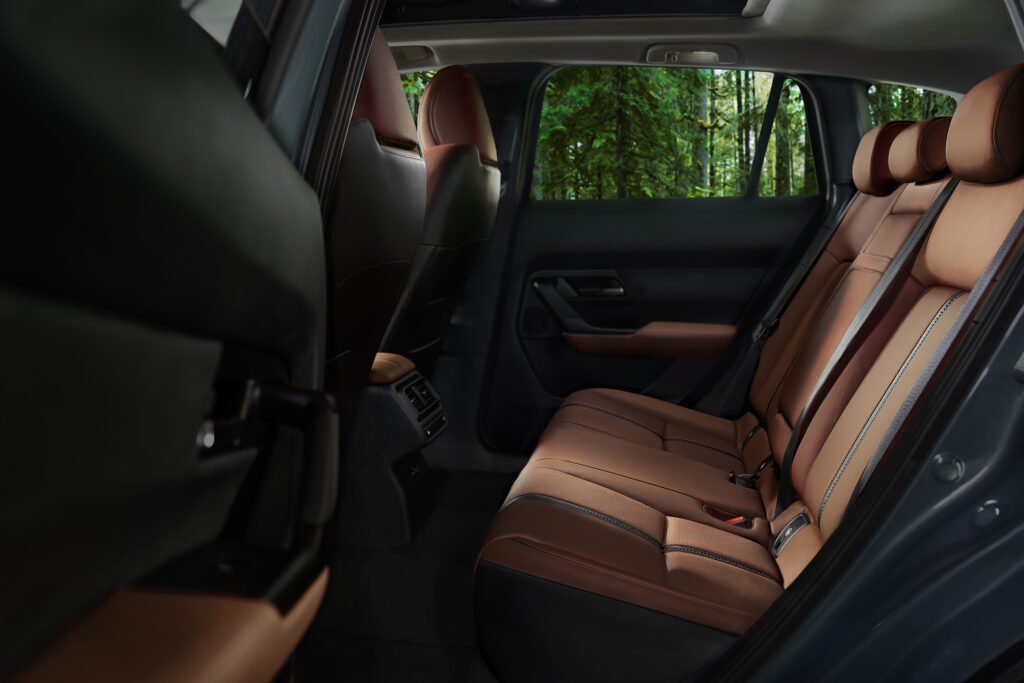
Premium Lease Payments
The CX-50’s lease pricing aligns with its upscale features, with monthly payments typically ranging from $550 to $650 before taxes, depending on the trim level. This competitive pricing underscores its value, especially when considering its premium interior, hybrid efficiency, and sporty performance.
Fuel efficiency is another strong suit. Traditional internal combustion engine models achieve an impressive 8.1L/100km, while the hybrid variant delivers a remarkable 6.2L/100km. For drivers mindful of rising fuel prices in Canada, the CX-50 provides a balance of performance and cost savings.
Why the CX-50 Excels in Lease Transfers
For lessees looking to exit their contracts, the CX-50 stands out as an ideal candidate in the lease transfer market. Its strong reputation, combined with high demand, ensures that buyers are eager to take over existing leases. LeaseBusters offers a seamless solution for those transitioning out of their CX-50 lease, connecting sellers with a pool of interested buyers.
The CX-50’s appeal goes beyond practicality. Its sporty handling, luxurious interior, and modern design give it a unique edge. For drivers unsure about committing to a new lease, taking over an existing CX-50 lease offers an opportunity to experience this standout SUV without a long-term commitment.
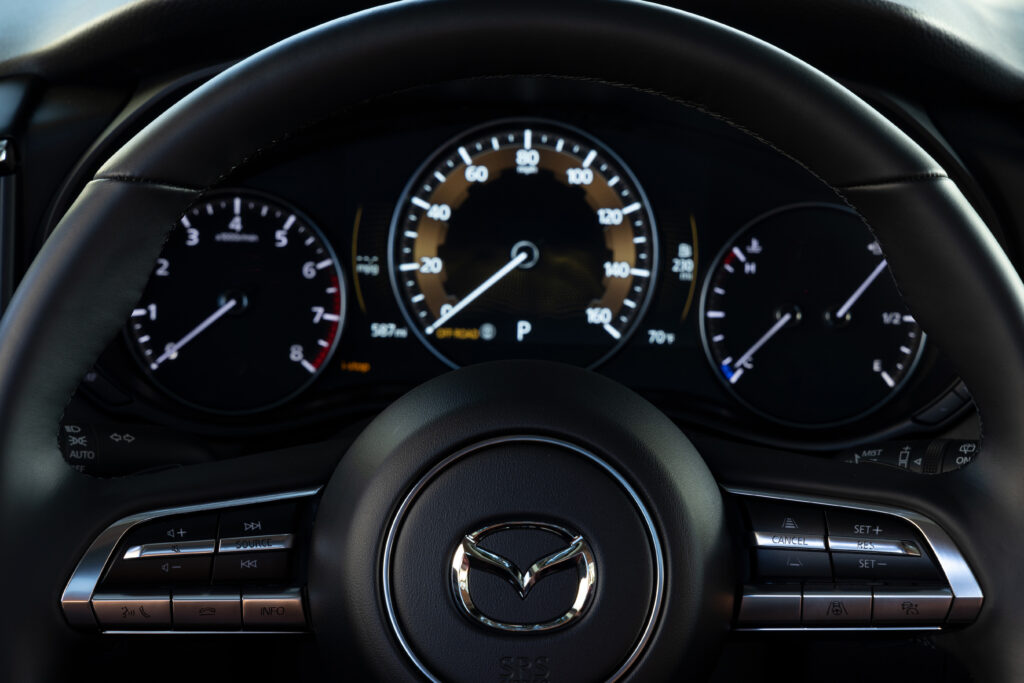
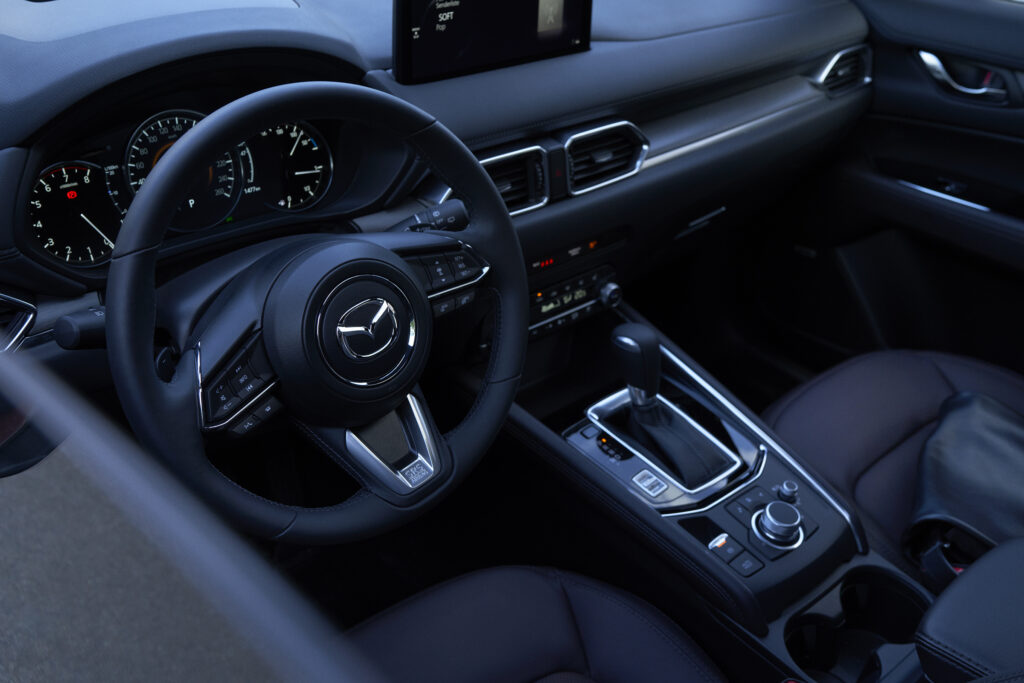
The Sport Luxury SUV You’ve Been Waiting For
The Mazda CX-50 delivers a driving experience that rivals far more expensive competitors. From its refined interior to its bold design and cutting-edge technology, it’s a vehicle that commands attention. Whether you’re drawn to its hybrid efficiency or its sporty performance, the CX-50 offers something for everyone.
Thanks to LeaseBusters, those interested in experiencing the CX-50 can find attractive lease takeover opportunities. With a market full of eager buyers, leasing a CX-50 has never been easier or more flexible. If you’re considering a premium SUV, the Mazda CX-50 deserves a spot at the top of your list.
If you are looking to get out of your vehicle lease or have a Mazda CX-50 or CX-5 lease that you’d like to get out of click here
If you’d like to take over a lease of a CX-50 or any other great vehicle, click here
James Matthews is the President, General Manager and Co-Founder of LeaseBusters. James launched LeaseBusters in 1990 and is considered one of Canada’s leading experts on new vehicle leases, lease-take-overs and vehicle lease (re)marketing. James can be reached directly at jmatthews at leasebusters.com

